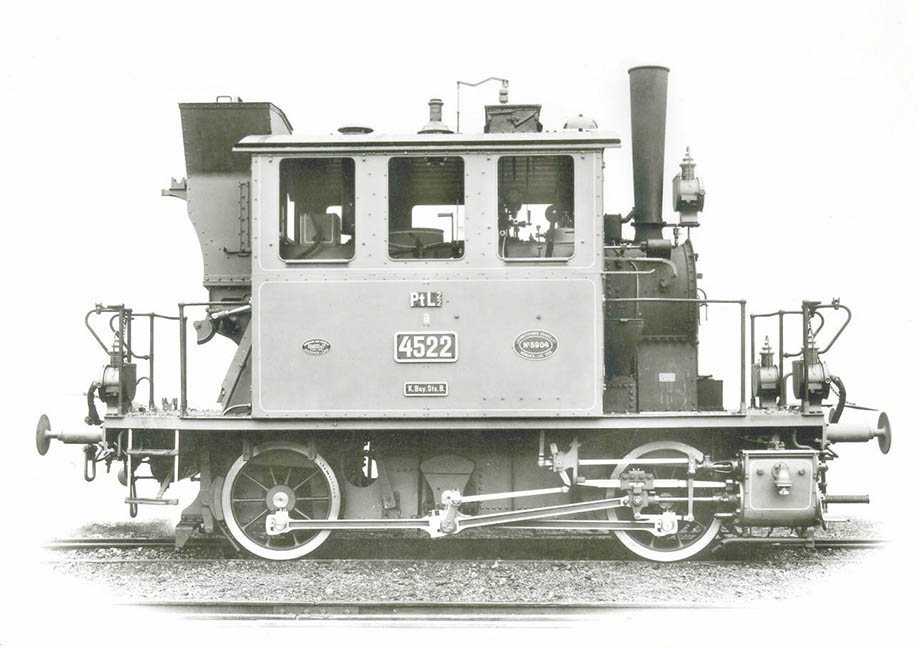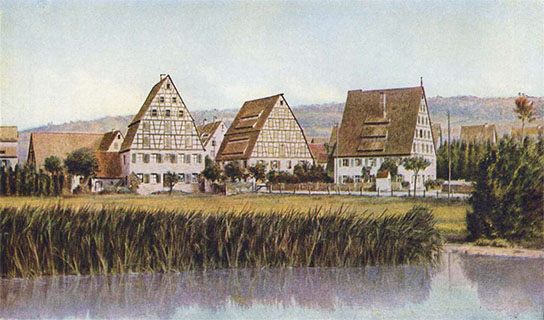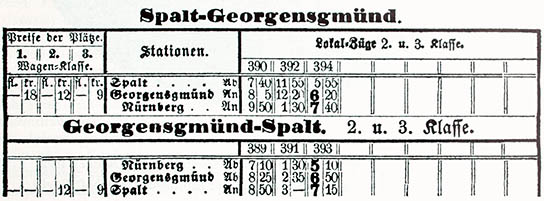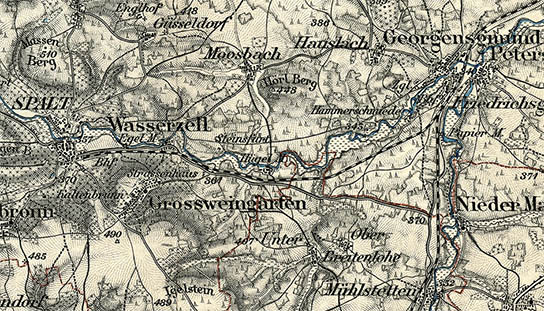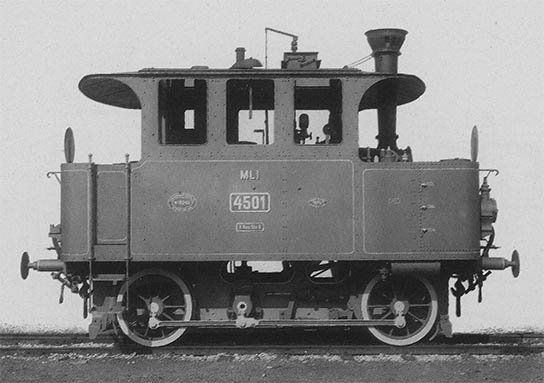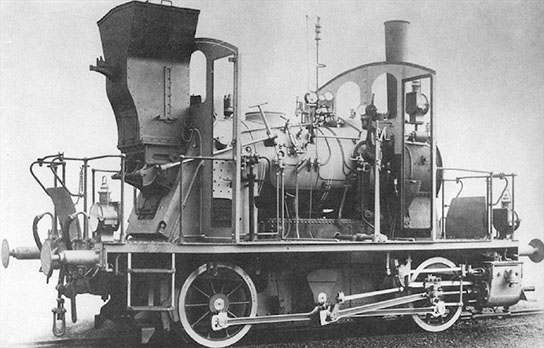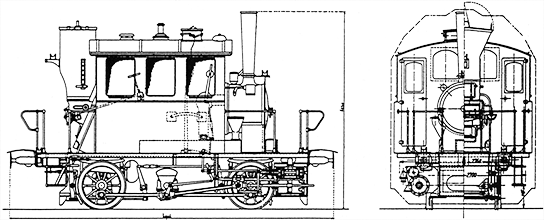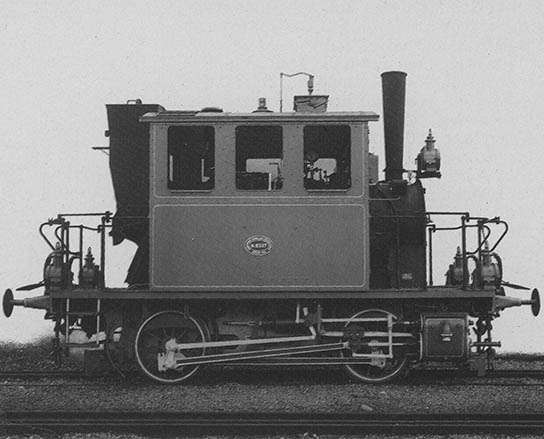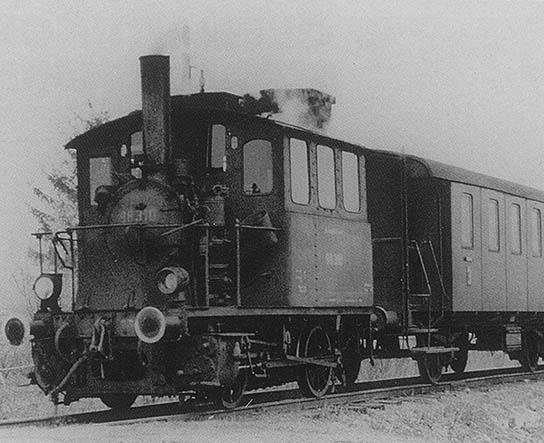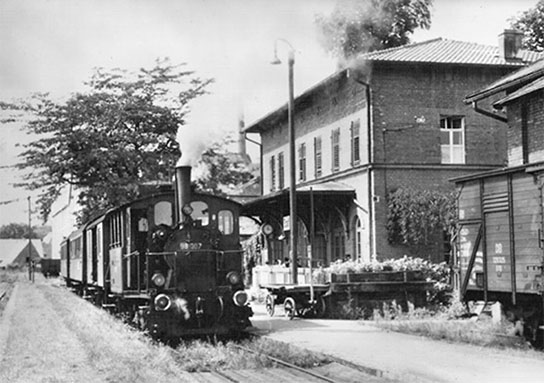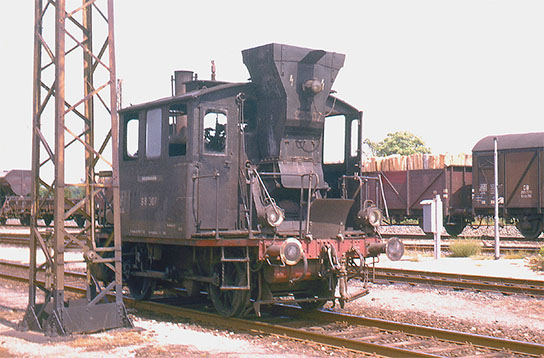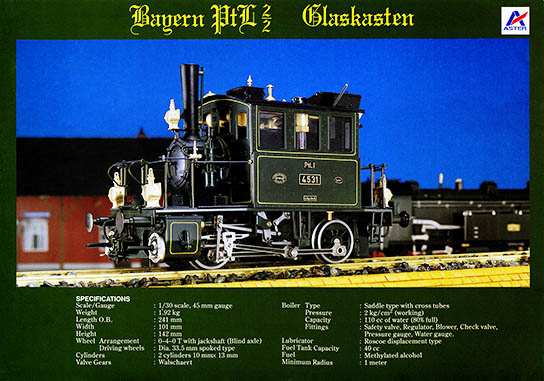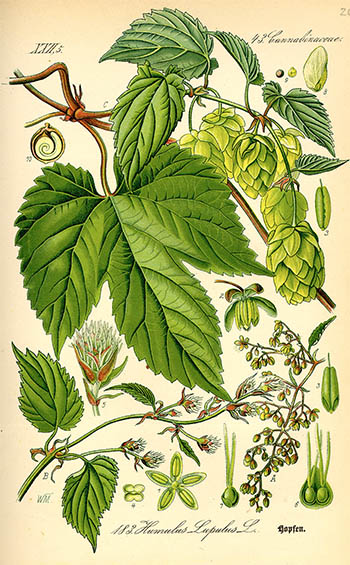In the pre-dawn darkness while the rest of the Bavarian town of Spalt was still asleep, the engineer Karl Attig would go down to the engine shed and start his locomotive – the improbably small Deutsche Bundesbahn class 98.307, nicknamed the “Spalter Bockerl” (the Spalt Goat). After the last trip the night before the engine was backed into the shed and the boiler fire was reduced – set on simmer – but not extinguished. All he had to do in the morning was check the water level, open the damper and wait for the boiler to get to pressure. It took all of 15 min. Soon the conductor would show up, they coupled the cars and 30 mins later left on their first of five daily runs into nearby Georgensgmünd.
Attig, who had been on the Spalt-Georgensgmünd branch line for 16 years, was one of the last engineers to operate a DB 98.3. The other 40 or so engines of the class had long since been decommissioned. He retired in 1959 and the Spalter Bockerl was replaced by a newer diesel engine in 1962.
Spalt, in the Franconian Lake District of Bavaria, can trace its history back to the founding of the Benedictine abbey St. Salvator in 810 AD. The St. Emmeram church was built on the site of a 10th century monastery and the town’s historic gate, wall and tower fortifications date back to the mid-15th century.
Much of the fertile farmland around Spalt was originally vineyards and orchards. Records as far back as 1031 mention wine from the region being received (and presumably drunk) by the Frankish court. By the middle of the 14th century, however, farmers began to replace their grapes with hops. Within 100 years the vineyards were all but gone and the region’s aromatic hops – aided by the 1516 German Purity Law – became a necessary ingredient in Bavarian beer.1 In 1538 the Eichstätt prince-bishop awarded the now celebrated “Spalter Hops” the first German hop seal.2
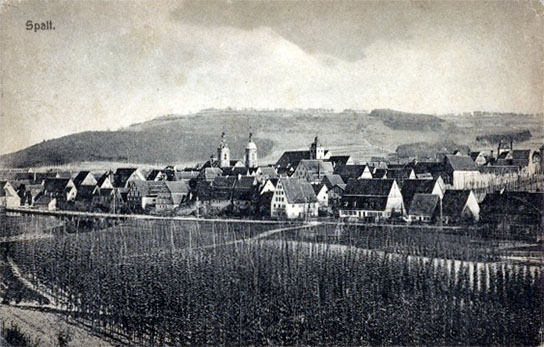
Postcard, Spalt Bayern, Hopfenpflanzen und Stadt, 1922
The Roofs of Spalt, ca.1947. Shown are the hops-drying houses.
In 1854 the railroad came with the Nürnberg-Augsburg route of the Bavarian Maximilian’s Railway. The farmers of Spalt, however, wanted nothing to to with it. They were quite happy with the horse and wagon and thought that the steam locomotive would ruin their hops. It wasn’t until after their 1868 international hop exhibition that they realized a rail line was necessary for the economic future of the region.
The town hired planners from Nürnberg to lay out a branch line and they designed a simple six-curve route to the main line in Georgensgmünd. Nevertheless, the 6.9 Km Spalt-Georgensgmünd branch line cost some 410,000 Guilders. To save money the town even dismantled some of their medieval fortifications to build the bridges and culverts.
Construction began in the fall of 1871 and the first train, the Bavarian class A II Leonore with “two elderly people and a baggage car,” arrived in Spalt with great fanfare on Sep 18, 1872. Within the year there were three daily scheduled trains in the town and eventually there were five.
Timetable, Spalt-Georgensgmünd, 1 Nov 1873
The Spalt-Georgensgmünd branch line, 1893. Rumsey
Detail, timetable, Spalt-Georgensgmünd, 1 May 1912
By the turn of the century the number of Bavarian branch lines had multiplied geometrically and there was a growing need for a small, simple to operate locomotive. In 1905 the Krauss Locomotive Works of Munich built the class ML 2/2 “Ur-Glaskasten.” The design, with the running gear hidden within the frame, turned out to be too difficult to maintain. Although Krauss constructed six of them they were soon removed from service.
ML 2/2 4501, ca.1905
Krauss’ next design, the class PtL 2/2, solved the problems of the earlier locomotive. It had two Heusinger-type valves on the outside of the frame powering two axles through a jackshaft and a superheating boiler fired by a semi-automatic coal feed, allowing for one-man operation. The most striking part of the design, however, was the cab with large windows completely surrounding the boiler, hence the nickname “Glaskasten” (Glass Box). Between 1908–1914 Krauss delivered a total of 42 of these diminutive engines to the Royal Bavarian State Railway.
PtL 2/2, sans cab, ca.1908
Later production model w/o the jackshaft, ca.1911
The Glaskastens first saw service at Spalt in 1909 and for the next half a century they would be a fixture on the line.
On a small branch line the engine was, by necessity, a jack-of-all-trades. The Glaskasten carried 2nd and 3rd-class passengers, often lake-bound tourists. It delivered mail and other goods. It hauled tree trunks to the sawmill. It pulled nearly anything that could be reached by towline from the track. During the 1930s it even hauled manure to the engineers’ own farm.
Of course it’s most important cargo was hops and beer. During the hop harvest it ran extra trips, bringing in workers, including convicts from the prison in nearby Roth, and transported dried hops to the main line, bound for breweries in Nürnberg and Munich. It also transported the finished product – beer – in barrel cars from the Stadtbrauerei Spalt, the town brewery.3
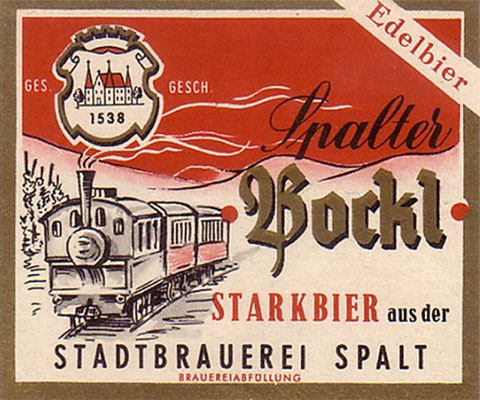
Stadtbrauerei Spalt Edelbier label, ca.1961
Of all the Glaskastens built for the Royal Bavarian Railway, the Deutsche Reichsbahn-Gesellschaft (DRG) took over the remaining 22 in 1924 and the Deutsche Bundesbahn (DB) took over the the last 18 in 1949. By the early 1950s they had all been retired, except one – the Spalter Bockerl.
The Spalter Bockerl began life in 1909 as PtL 2/2 4529 and was redesignated as DRG 98.307 in 1925.4 In 1935 it was transferred to Ingolstadt and in the early 1950s was sent to Spalt.
Our engineer Karl Attig came to master the uncomfortable, unpredictable, and difficult-to-operate engine. The backbreaking work would eventually ruin his knees and ankles but he came to see it, if not as a family member, then certainly as his personal property. He even did his own valve and regulator repairs.
On 6 Oct 1962 the Spalter Bockerl was finally retired to a museum in Nürnberg – replaced by a DB class 70 diesel shunting engine.
DRG 98.310, ca. 1930
DB 98.307 – the Spalter Bockerl – at the Spalt station, Sep 1958
The Spalter Bockerl at Georgensgmünd, 26 Jul 1962
The short Spalt-Georgensgmünd branch line lasted 127 years. It survived a mudslide and derailment in 1926; it even survived Allied strafing in 1945, which damaged the train and killed the conductor. The line could not, however, survive the automobile. Passenger service was halted on 27 Sep 1969 and the occasional freight service on 28 May 1995. The track was torn out in Feb 1997 and replaced by a paved bike path. The Spalt station was later converted into a community cultural center.
The Glaskasten and the Spalter Bockerl live on as the Era I darlings of the German and Japanese model railroad manufacturers: Marklin, Roco, Fleischmann and Aster, among many others, have all featured some version of the locomotive in their catalogs.
Aster catalog page, 1993 5
1. The Reinheitsgebot, signed into law in Ingolstadt on 23 Apr 1516, restricted beer ingredients to water, barley and hops (yeast hadn’t yet been discovered). Despite what your local craft brewer advertises, the law had nothing to do with the “purity” of beer. Rather by restricting brewers to barley it prevented price competition with bakers for the more valuable grains of wheat and rye, insuring steady supplies of affordable bread.
2. Hops are the female flowering seed cones of Humulus lupulus. The Spalter hops are considered a Noble hop (meaning that it occurs naturally and is not a variant or cultivar). They are characterized as mildly bitter, herbal and flowery. For more than you probably care to know about the subject see Verbandes Deutscher Hopfenpflanzer’s The Spirit of Beer: Hops from Germany (online). Here, as an aside, is a 19th-century German botanical illustration:
Echter Hopfen, 1885. BioLib.de
3. The Stadtbrauerei Spalt, founded in 1538, is the last remaining municipally-owned brewery in Germany. Despite nearly 500 years of history, this is how they advertise their beer now:
Smile and Win, 2014
4. A note on road numbers. The Royal Bavarian State Railway classified the original 42 Glaskastens as P(assenger) t(ank) L(ocal) 2/2 and assigned them the road numbers PtL 4508–4548. When the Deutsche Reichsbahn-Gesellschaft was formed in 1924 it reclassified the branch line locomotives as Class 98 and the Glaskastens were given the road numbers of 98.301–98.322.
5. The Japanese Aster Hobby Co. manufactured 240 brass and metal live-steam Glaskastens in K.Bay.Sts.B. green, 60 in OBB black and 50 in BR black (in a ratio of 70% kit and 30% RTR). At USD 2500 it was by far the least expensive locomotive in their 1993 catalog.
21 Jan 2013, updated 23 Sep 2015 ‧ Unclassified
